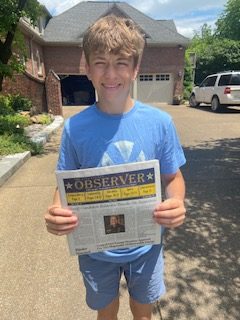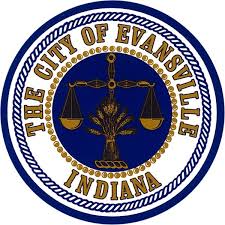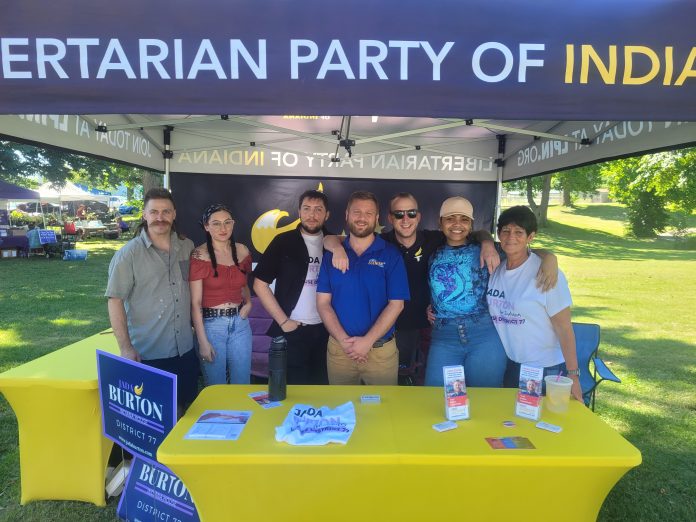Pardon Me – We Paid For What? Part II
“The American Rescue Plan Act Of 2021â€
By Dannie McIntire
JUNE 17, 2022
It’s been awhile since I wrote my first article on wasteful federal spending so it’s time to revisit “Pardon Me – We Paid For What?Â
Today I’m questioning the impact of The American Rescue Plan Act of 2021 which President Biden signed into law on March 11, 2021.
The $1.9 trillion economic stimulus bills stated purpose was to help stimulate our countries recovery from the economic and health effects of the COVID-19 pandemic.Â
First, I’d like to ask you, the reader a question. After disregarding the cost added to our nation debt, the spiraling cost of gasoline, the spiraling cost of energy, the rising cost of housing, the rising cost of food, the tanking of the stock market, and the shortages of basic necessities such as baby formula, how is President Biden’s recovery bill working out for you?
If you answered not so well for many American families, well I’m here to point out that much of the plans $1.9 trillion dollars is actually being well spent, so it’s hard for me to understand if it hasn’t helped you. Consider the following expenditures;
- $800 million for foreign aidÂ
- $50,000 went to a nonprofit in the Northern Mariana Islands for reopening programs that teach Indigenous canoe-building and explore pre-colonial sea life. Hey who wouldn’t like to learn how to build a canoe?
- $20 million for “language preservation.†Now I looked up the definition ofÂ
“Language preservation; “it is the effort to prevent languages from becoming unknown. A language is at risk of being lost when it no longer is taught to younger generations, while fluent speakers of the language die.†Now I’m just thinking, $20 million tax payer dollars to preserve language(s) that are dying out and no longer used by upcoming generations? How about spending the $20 million to teach English to immigrants coming into our country from non-english speaking nations?
Maybe that’s a bad idea; it could be construed as racist thinking!Â
- $600 million for San Francisco – To help pay off a large portion of the city’s budget deficit. Ahhh…San Francisco…home of progressive drug policies such as the distribution to the homeless of free “safe snorting kits†and “safe smoking kits†used for crack. Hey, I can’t think of a better use for my tax payer dollars, can you?
- The Science History Institute in Philadelphia was awarded $359,097 to create a “multiplatform project exploring the historical roots and persistent legacies of racism in American science and medicine. Ok go ahead and explain this one to me.
-  $200,000 went to the Chicago Humanities Festival to create humanities programs on racial justice, gender equality, and building an inclusive society. In other words, another “woke†program!
- $1 Billion for socially disadvantaged farmers and related groups.
I have to say wait just a minute, I still have family back in eastern Kentucky, it’s still a very disadvantaged group, but I highly doubt any of that money goes there! Yeah, I know, that’s not the correct “woke†disadvantaged.
Â
- $3.5 million was awarded to the nonprofit American Council of Learned Societies for a grant program providing relief funds addressing racial equity, climate change, international relations, pandemic recovery, and strengthening democracy. Again, covert wording for more “woke†programs!
- $128.5 billion to fund K-12 education. The CBO determined that most of the money in education will be distributed in 2022 through 2028, well after the pandemic recovery is expected to be over.
- $86 billion to save nearly 200 pension plans insured by the Pension Benefit Guaranty Corp. Now this one in particular steams me because there are no reforms mandated in the bill while bailing out these badly managed pension plans. Many of these mismanaged pension plans are co-managed by unions; union members equal potential voters, so certainly don’t require the problems to be fixed, just throw more of our tax payer’s dollars at it!
- $50 billion goes to the Federal Emergency Management Agency (FEMA). A portion of these funds is earmarked to reimburse up to $7,000 for funeral and burial costs related to Covid-19 deaths. While this was a difficult one to include on my list, I do have an issue with it. If you had a loved that died of Covid-19 and they had a pre-paid funeral, there was no reimbursement. So, if your loved one had responsibly planned ahead, you were out of luck! Â
- Approximately $350 billion went to bailing out state and local governments despite most not actually experiencing COVID-19 related tax revenue shortfalls. Now who could see a problem with this? It becomes a pork-barrel wish list; including;
- Â $2 million to plant trees in Syracuse
- Â $4 million for a parking lot in South Carolina
- $16 million for a golf course in Palm Beach
- The state of New York’s budget included a $2.1 billion fund for direct checks to illegal immigrants.
- Â The city of Chicago decided to spend $31 million to create a guaranteed income program.
- $4 million for new parking lots and bathrooms have been planned at a South Carolina beach.Â
- Provides $4 billion to the U.S. Department of Agriculture (USDA), of which $3.6 billion is dedicated to supporting the food supply chain. Well I have to ask why all the empty shelves?
- $800 million is provided to use the Commodity Credit Corporation to make purchases and distributions under the Food for Peace Program around the world. “Around the worldâ€, now wait a minute, I thought this was the “American Recovery Actâ€?
- The federal government sent $783 million to incarcerated prisoners as part of the rescue issued stimulus checks. Say What? Let’s see if I understand this, you commit a crime, be housed and feed on our taxpayer dollars, and in return you get a government stimulus check? You can’t make something this ridiculous up!
The above listings could go on and on. Are you beginning to smell the extent of wasteful federal “Pork-Barrel†spending in “The American Rescue Plan Act of 2021�
How has the American Recovery Act benefited me? Well, my wife and I did receive stimulus checks…which we didn’t need… but hey….it’s free money, right? Let’s see, all that “free money†has now resulted in spiraling inflation, so I guess that “free money†we received earlier is now going for gasoline, food, towards the increased cost of everything! Â
To me, the most upsetting aspect is that all this money did not exist. Our government operates on a deficit, which means this “free money†had to be borrowed by our federal government.Â
Well now wait a minute, come to think of it I do invest in government “I Bondsâ€, which the government issues as one of its means of borrowing money, and thanks to the current spiraling inflation, I-Bonds are currently paying a fantastic interest rate, paid by “your tax dollarsâ€.
So, perhaps I should say to the readers, “Thank You Tax Payersâ€.Â









